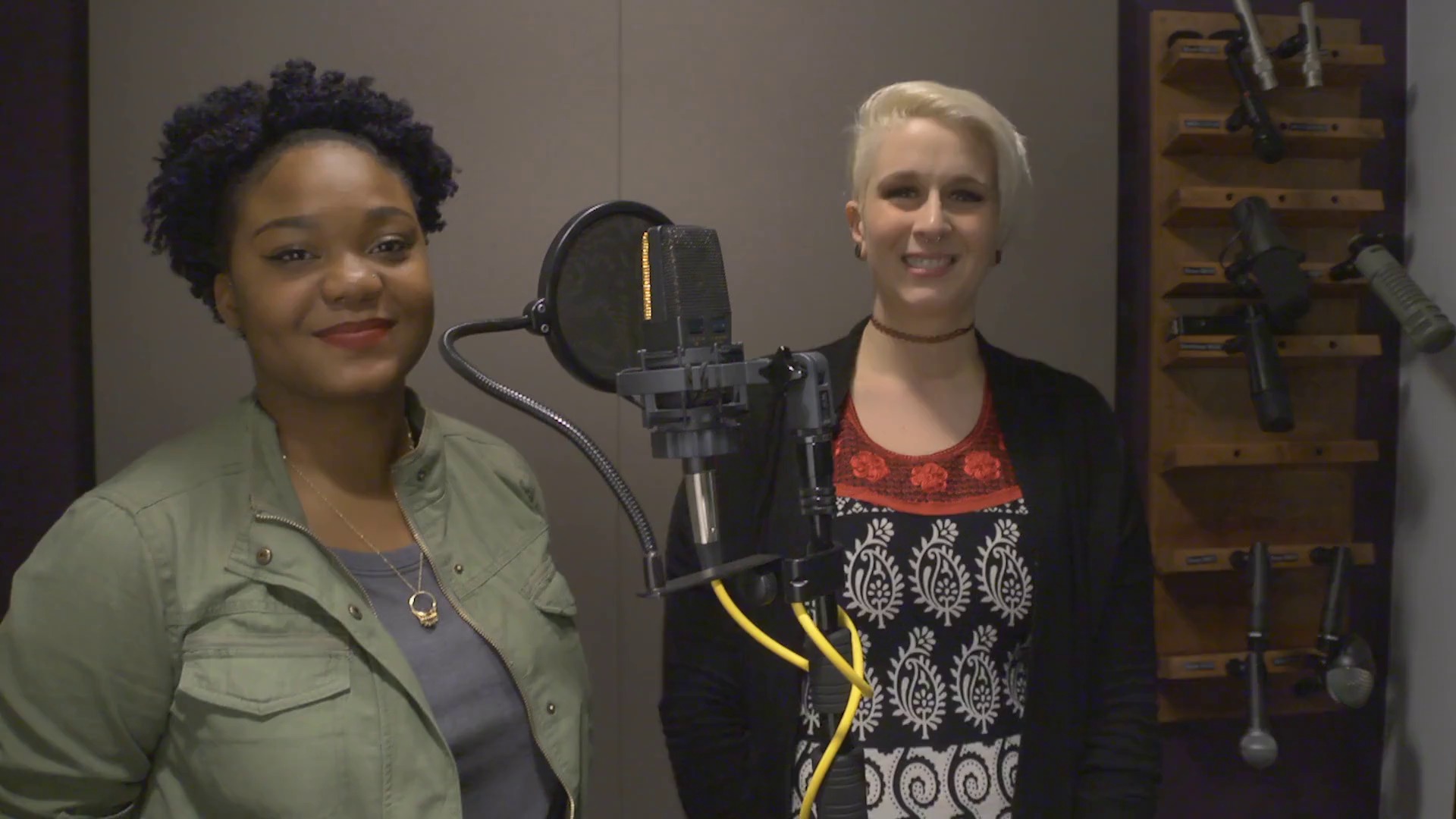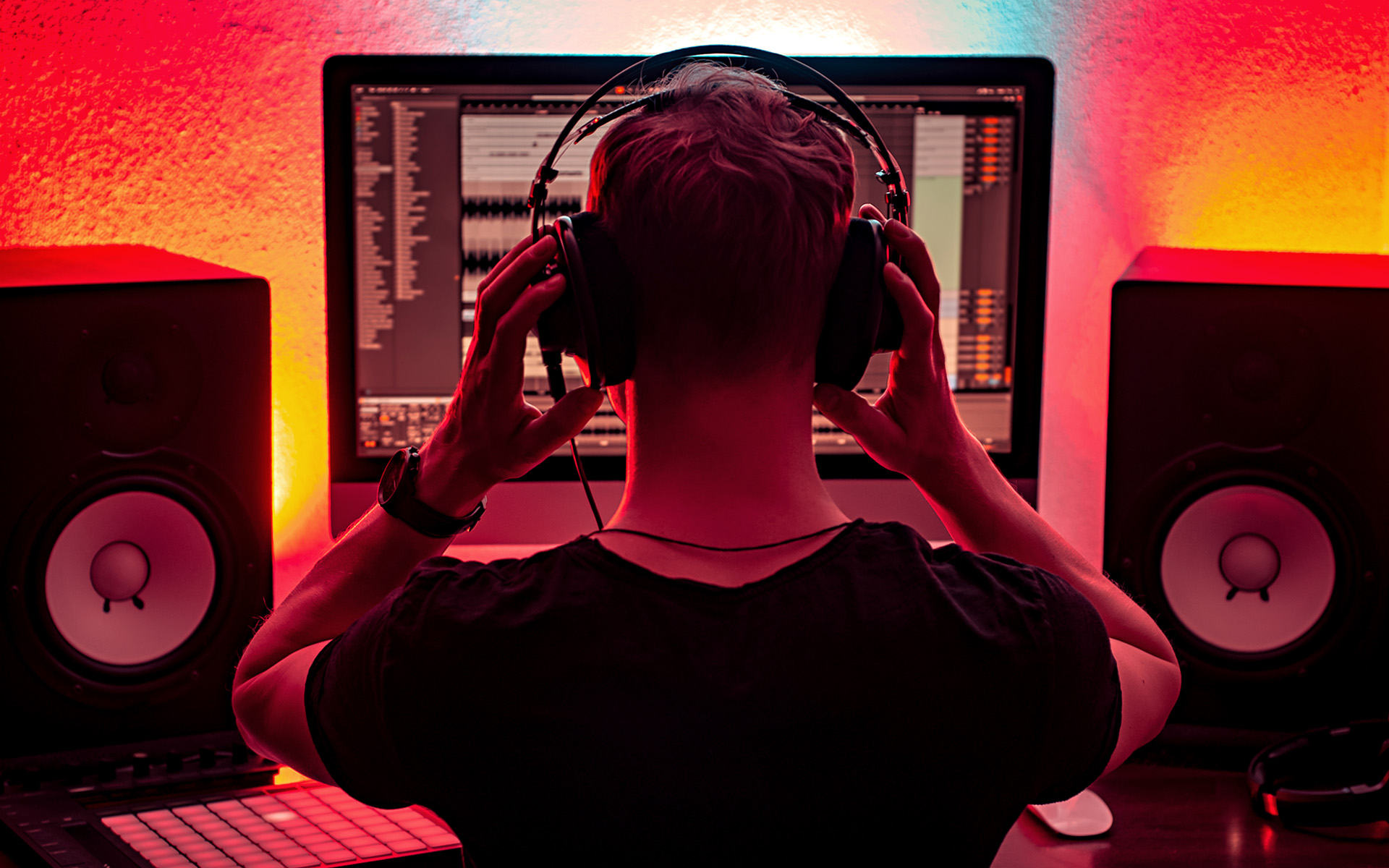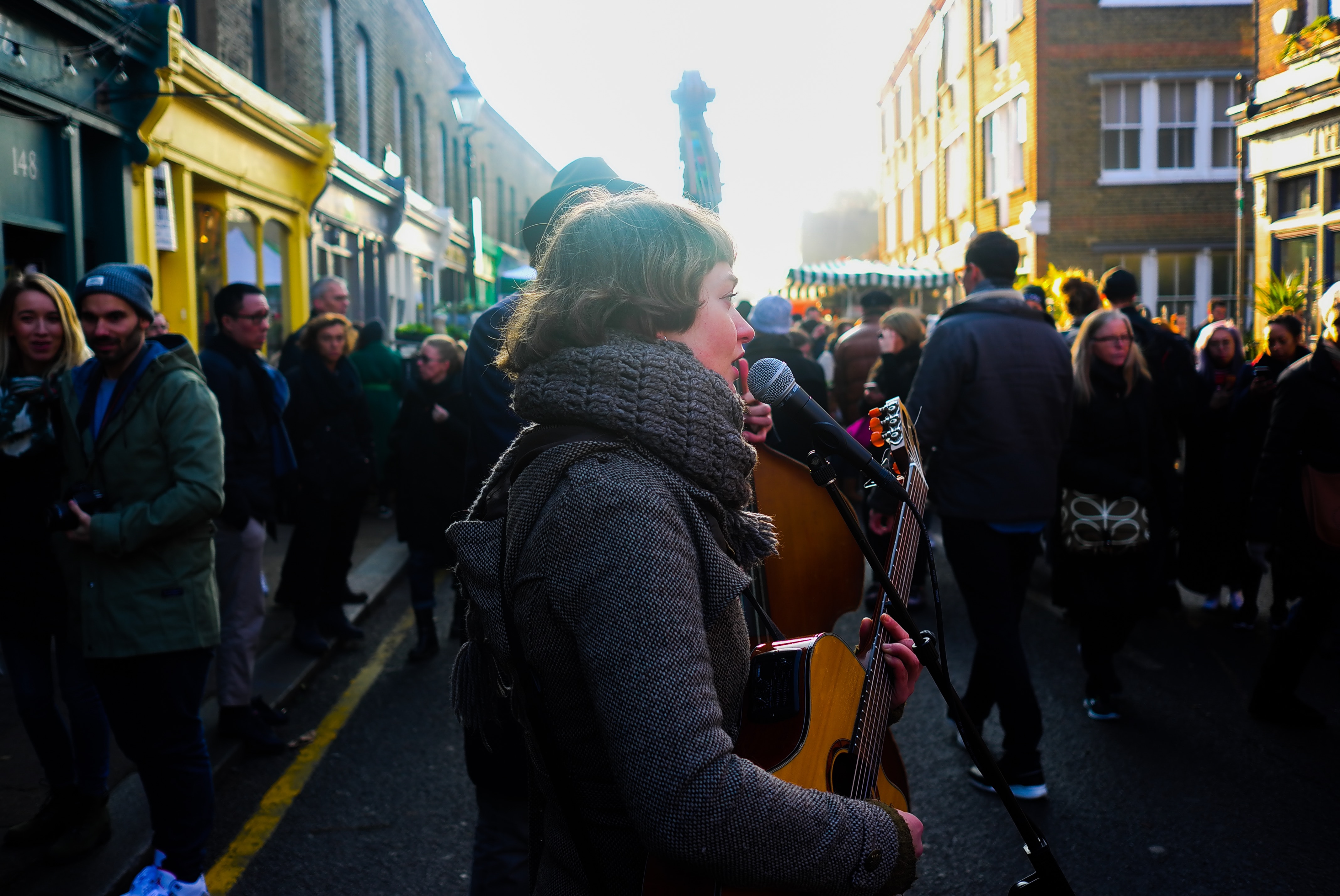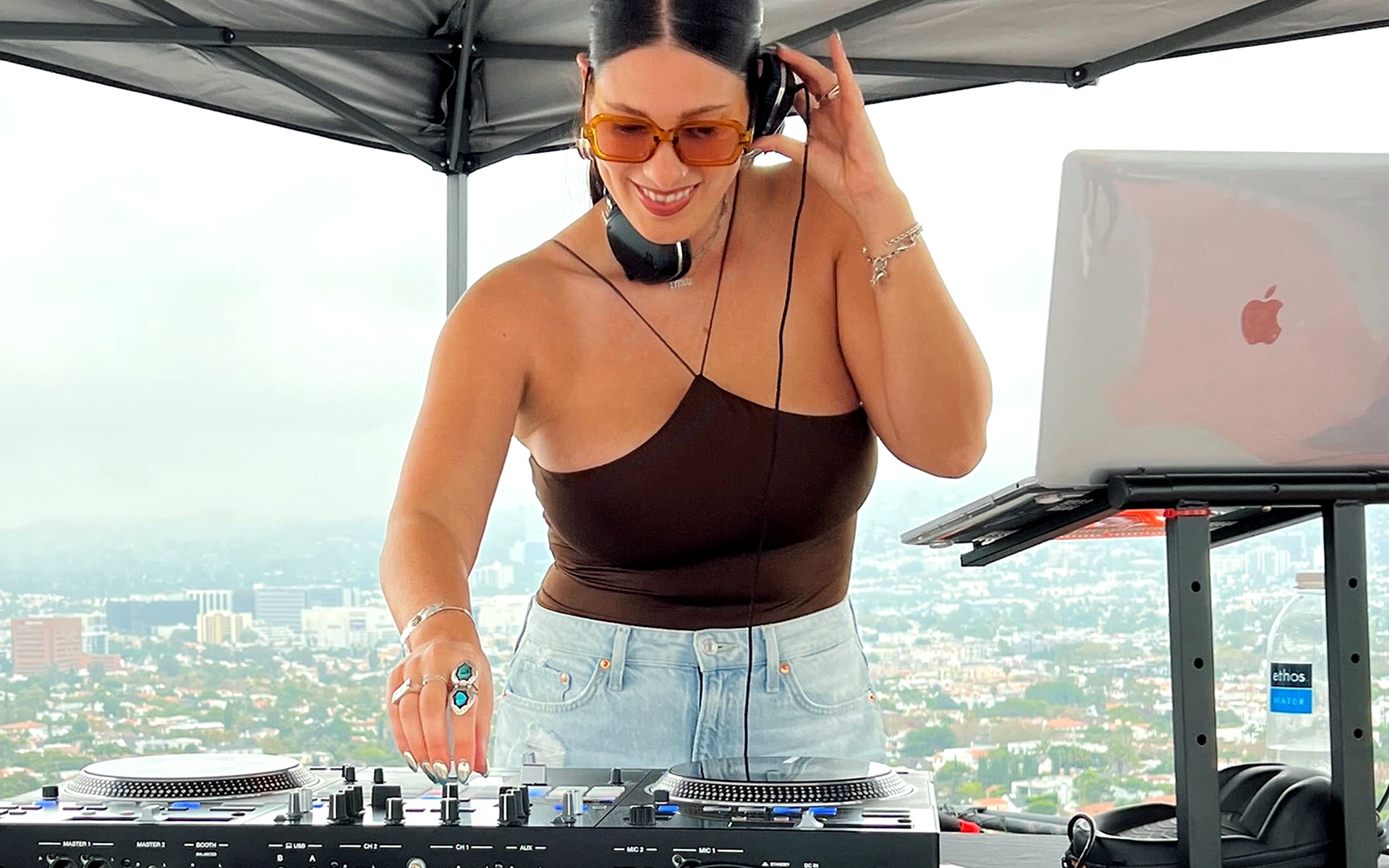One of the most important skills for any self-producing songwriter to know is how to record vocals. Here are a few quick tips, followed by an extensive video demonstration on how to record your voice in Pro Tools like a pro!
Vocal Recording Setup
When setting up to record vocals, keep all of the following terms in mind:
Room Acoustics
The natural sound of the room that will be picked up by the microphone. Try to find a dry environment, with as little natural reverb/ambience as possible. If you have acoustic treatment on the walls of your space, even better.
Pop Filter
A pop filter is a fabric, mesh, or metallic filter used to block the rush of air toward the microphone created by the vocalist, called a plosive. Plosives cause the microphone to distort or cause low-frequency boom, usually on P’s and B’s. Always use a pop filter to prevent this problem.
Proximity Effect
The proximity effect is an increase in bass or low-frequency response when a sound source is close to a microphone. Remember this when placing your vocalist, so your recording doesn’t sound boomy, muddy, and unclear.
EARN YOUR BACHELOR’S DEGREE IN SONGWRITING AND PRODUCING MUSIC WITH BERKLEE ONLINE
Headphone Bleed
Depending on the type of headphones you’re using, you may experience some bleed from the headphone playback into the recording. Make sure your vocalist isn’t monitoring too loud, and make sure to leave enough space between the headphones and the microphone.
Your ultimate goal is to get a good-quality recording the first time, to avoid a lot of damage control in the mix later. The most common problems in vocal recording come from bad microphone techniques, especially from plosives and proximity effect. For this recording, you should use a condenser microphone in cardioid.
Playlists and Compiling Vocal Takes
Even if you’ve used punch recording, you may want several takes to choose from for the final mix. Making a new take is called a playlist in Pro Tools. Once you have all of your takes recorded, you want to make a vocal comp track, or one track with all of the best takes combined together.
Vocal Layering and Harmonies
Just like guitar recording, layering vocals can be very successful to beef up the arrangement, especially in choruses. DO NOT copy and paste your comp track; it will only create phasing problems layer. You should always record the vocalist several times, in unison, to layer the vocal tracks. It is also useful to pan them throughout the stereo spectrum, to make the vocal parts lush and full.
Let’s take a look at how the process should work. Here is a session I did with singer Satarra Moore-Troutman.











